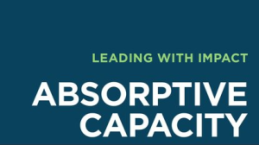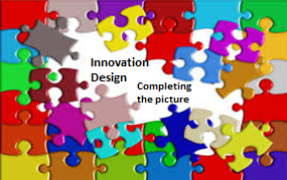 Today we face unprecedented change; organizations are being hit on multiple sides, often by a bewildering set of forces to make them feel the immediate need is to go back into themselves, to be more inward than looking out and being open to facing the future. There is this feeling today of being battered. Organizations are feeling the full force of the winds of business and global change.
Today we face unprecedented change; organizations are being hit on multiple sides, often by a bewildering set of forces to make them feel the immediate need is to go back into themselves, to be more inward than looking out and being open to facing the future. There is this feeling today of being battered. Organizations are feeling the full force of the winds of business and global change.
Stopping, reflecting and then moving on.
Organizations are grappling with how to navigate through an unprecedented set of early 21st century challenges. How can they adjust to a more open and transparent world, a more fluid and adaptive one, that needs to be replacing the one we have been operating within all of the last century? One that seems to work no more as its very foundations seem to be crumbling. Organizations are in a period of relearning and understanding these ‘new’ forces at work. Continue reading “Facing the future or staying locked in the slow lane of the past?”








